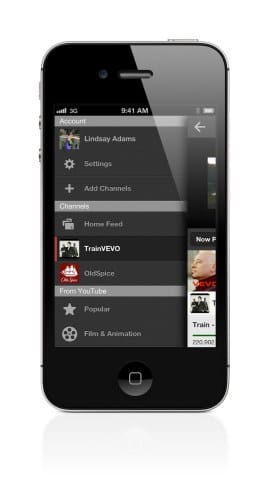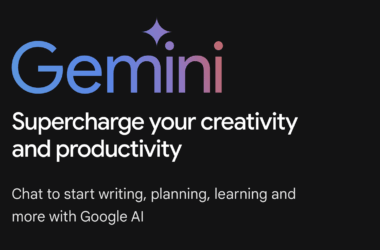Days before iOS 6 lands on iPhones without the familiar pre-installed YouTube app, Google has released a new version with some significant upgrades. (Grab the app here.)
Tens of thousands of additional videos can now be played through the iOS app, notably major-label music videos. That will be made possible by advertising, which was forbidden in the original Apple-designed app. The new YouTube also includes an easier way to browse any channels you’ve subscribed to — just swipe right from the left side of the screen to see a list of them — and new options for sharing videos with friends, including Facebook and Google+.
Last month, a new beta release of iOS removed the YouTube app, which has been a part of Apple’s mobile operating system since the originaliPhone launch. Apple said at the time that its license to include YouTube had ended and that users would be free to access YouTube via the mobile Web or a forthcoming app that YouTube was building itself. That app arrives today.
For YouTube, breaking with Apple meant a chance to bring the slick, modern experience it built forAndroid devices to hundreds of millions of current and future iPhone owners. YouTube had little control over the app that bore its name for the past five years; Apple built the app itself according to YouTube’s instructions but updated it infrequently. The ban on advertising made it difficult to access copyrighted content inside the app; many a music fan went looking for a Lady Gaga video over the years on iOS and came up empty.
 “Over the years that resulted in a more limited experience for our users, and lots of frustration,” said Francisco Varela, global director of platform partnerships at YouTube. “We’re going to get rid of that.”
“Over the years that resulted in a more limited experience for our users, and lots of frustration,” said Francisco Varela, global director of platform partnerships at YouTube. “We’re going to get rid of that.”Varela then put it another way: “You’re now going to be able to watch your Lady Gaga video on your phone.”
A changing relationship
The original deal between Apple and Google on the YouTube app helped remake video for the mobile world, as the iPhone’s lack of support for Adobe Flash meant YouTube’s catalog had to be re-formatted to work in HTML5. The iPhone’s popularity helped make MP4 format the standard format for mobile video. Over the years, it became less important for Apple to have a dedicated app for finding videos that would play on its phone.
At the same time, the Apple-Google relationship has soured considerably since the launch of the first iPhone. Apple co-founder Steve Jobs took Google’s development of its own mobile operating system, Android, as a great affront — and an infringement on Apple’s intellectual property. Patent lawsuits are now playing out around the world, and Apple has made a series of moves this year to push Google out of its operating system.
At its Worldwide Developer Conference, Apple showcased a new maps application that will replace the Google-powered app now in use on iOS devices. Removing YouTube from the list of pre-installed apps marked the next step.
But for Google, the YouTube break could represent a significant revenue opportunity. The company says its users watch 1 billion videos a day on mobile devices; enabling ads on their iOS app will help the company reach a large new audience.
How much advertising should users expect? Varela said it will be roughly similar to using YouTube on the Web.
“It’s really up to our content owners what they want to do,” he said. “But we’re not looking to overwhelm.”
As an Amazon Associate, TechCity may earn a small commission if you shop these products.
















